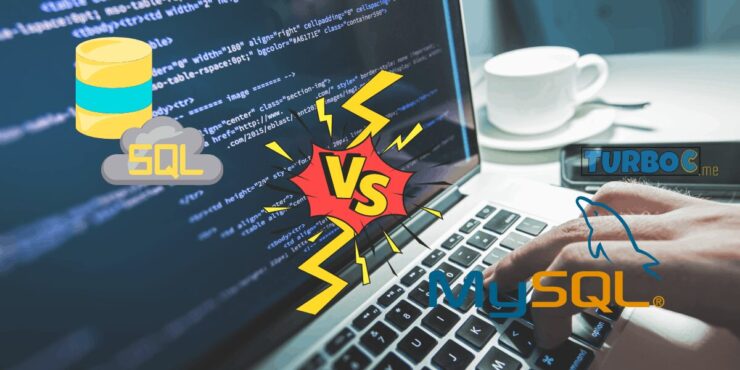SQL and MySQL are languages used to manage databases. A database is a collection of data, organized and stored in a form that is easily accessible.
SQL and MySQL are languages that allow users to maintain and manipulate databases. To better understand the difference between SQL and MySQL let us first look at what a relational database is.
RELATIONAL DATABASE:
A relational database is a collection of data in the form of tables organized as rows and columns. This database adopts the relational model. A relational database follows a set of integrity rules to ensure that the data is easily accessible at all times.
A primary key is allotted to one specific attribute. The primary key does not allow the duplicity of data. It also stops the occurrence of rows containing the same data, thereby reducing inaccuracies in the table. But SQL and MySQL are languages used to maintain such databases.
SQL:
The SQL is short for Structured Query Language and is used to access, manipulate, and manage databases. The administrator can add, delete, retrieve, or rename data. SQL is owned and maintained by Microsoft.
SQL is used to write programs that are used to make changes or modifications to an existing database. It can also be used to create new schema. An advantage of using SQL is that a single line of command can be used to access multiple records. For in depth learning and building a career you can consider enrolling for sql courses by Intellipaat.
MySQL:
MySQL is currently owned by the Oracle Corporation. It is an open-source relational database management system that uses SQL commands to perform specific functions/operations in a database.
Also, it is compatible with Windows, Linux, Mac-OS, and other operating systems. It is also one of the centre elements of the open-source technology LAMP (Linux, Apache, MySQL, PHP). Additionally, MySQL allows multiple users to access the database.
Also Read: Difference Between Structure And Union
SQL and MySQL Differences:
| SQL | MySQL |
| It is a language for operating relational databases. | It is database software that uses SQL to access a database. |
| Used to access, update & manipulate data in a database. | Used for storing, modifying, and deleting existing data in a tabulated manner. |
| SQL does not have any support for connectors. | MySQL comes with its own MySQL Workbench for designing & managing databases. |
| SQL does not support multi-user access | MySQL is more flexible and supports multi-storage engines. |
| The server remains independent of the database. | The server is dependent on the database. |
| SQL allows the programmer to cancel queries midway during the execution without disturbing the entire process. | MySQL does not allow the cancelation of queries midway during execution. |
| More secure | Less secure |
| Not an open-source language | MySQL is an open-source platform. |
| It is not available free of cost. | Available for free and immediate use after installation. |
| While performing a backup the server does not block the database. Hence the developer can make changes to the database simultaneously. | While backup, the server blocks the database to avoid chances of data corruption. |
Despite the many differences between the two structured query languages, they complement each other well. They cater to almost all the needs of a relational database. However, the choice drops to the speed, security, and effectiveness of the language used.
Conclusion:
While thinking about which one is better out of MySQL and Microsoft SQL Server, it will depend upon your use cases, budget, and perspective. Both are effective in organizing data, and they make it readily accessible through a user interface.

